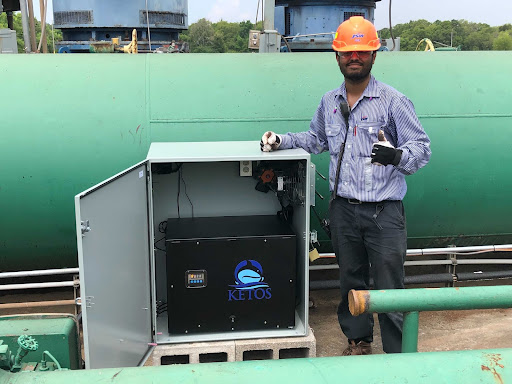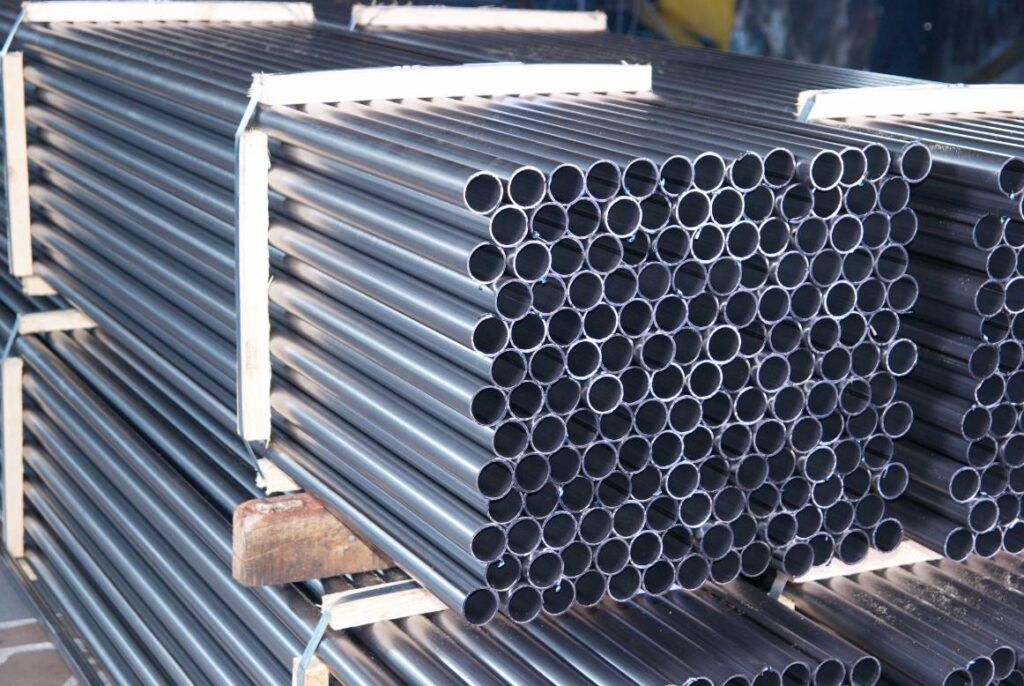Process Water and Water Quality
Decrease Unplanned Downtime
Establish Effective Process Controls
Monitor 30+ Parameters
Process Water and Water Quality
Water (known as process water) used in manufacturing processes, power generation, and other applications requires constant testing. When water operators can control process water quality, they can more consistently prevent issues like sediment buildup, scale, or corrosion. In addition, operators that adequately balance the chemical makeup of process water can reduce their chemical usage and fine-tune treatment intervals to ensure that process water testing is optimized to prevent equipment downtime and unplanned maintenance.
Process water testing is, therefore, integral to water operators who endeavor to reduce downtime and keep production lines running smoothly. Yet, traditional approaches to process water testing have included manual sampling, handheld devices, and third-party lab analysis that take time and resources to execute and can cause delayed action on rebalancing water quality during usage.
However, many companies have found success when embracing newer technologies. Innovations in IoT, automation, AI, and machine learning allow water operators to act in real-time to changes in water usage, quality, or composition. Process water is, therefore, more likely to be balanced appropriately to avoid scale or corrosion events. This helps equipment last longer and assists personnel in understanding when maintenance and water rebalancing are required for optimal operational efficiency -leading to less manual labor and less chemical and water waste.

Autonomous Water Quality Monitoring for Process Water
Industrial operations that are dependent on process water (and therefore rely on accurate process water testing) can monitor over 30 parameters (including heavy metals) with the KETOS SHIELD. Data remotely collected from the KETOS SHIELD is automatically available in the KETOS Analytics platform to establish effective process controls.
Leveraging KETOS, it’s easy to configure water quality thresholds to meet the unique needs of any operation. Operators can choose their testing parameters and set up threshold-based alerts. Results are delivered in real-time via email or SMS to any laptop, mobile, or tablet, freeing operators from checking in on desktops and allowing them more time off-site or on the floor. With up-to-date data at their fingertips, operators are able to make on-the-fly decisions to adjust process water composition, better plan maintenance intervals, decrease unplanned downtime, and improve the longevity of complex and expensive equipment.
The best part: KETOS does all of this while being modular, plugging into existing infrastructure, and removing high upfront fees via a game-changing $0-CAPEX subscription model. Process water testing can be scheduled at regular intervals for pennies on the dollar, removing the need for third-party reporting and analysis and saving operators even more on water quality monitoring in the long run.
Learn More About KETOS SHIELD
Download the KETOS SHIELD Fact Sheet

Process Water Case Study
Process water, necessary at various points in a production line’s operations, must be balanced and remediated carefully. That’s only possible with an understanding of the water composition – and that’s where many companies face unique challenges. Find out how one multinational steel company (that leveraged multiple water sources to cool motors, heat exchangers, and pumps) rose to the challenge and simplified its approach to water monitoring to gain real-time insights to balance its water better. Read about how operators could better identify cooling tower scaling/erosion to reduce downtime and productivity and how they used KETOS to reduce their water treatment costs by 13%.
KETOS Overview Video
Did you know
Monitoring of water quality is crucial to ensuring process reliability. This allows any variations to be quickly identified and resolved. Parameters monitored can include pH, conductivity, and chlorine content, as well as temperature and flow rate.
Lead can enter, inadvertently, through manufacturing processes. For example, plumbing that contains lead can contaminate water used in food production.
The FDA considers water “agricultural” if it is intended to/likely to contact covered produce or food-contact surfaces. For example: irrigation water directly applied to the harvestable portion of a crop, water for preparing crop sprays, and water used for washing/cooling all harvested produce.
Water is used for many industrial applications, including dilution, steam generation, washing, and cooling of manufacturing equipment. Industrial water is also used as cooling water for energy generation in fossil fuel and nuclear power plants or as wastewater from certain industrial processes.
High levels of heavy metals have been found in baby food across brands - including lead, cadmium, and arsenic in 100% of baby food made by responding companies with inorganic arsenic testing between 28% and 93% higher in the finished products at one company.
What Water Quality Parameter Do You Test Most Often?
The KETOS SHIELD remotely monitors dozens of water quality parameters. Which one do your water operators test most often?



